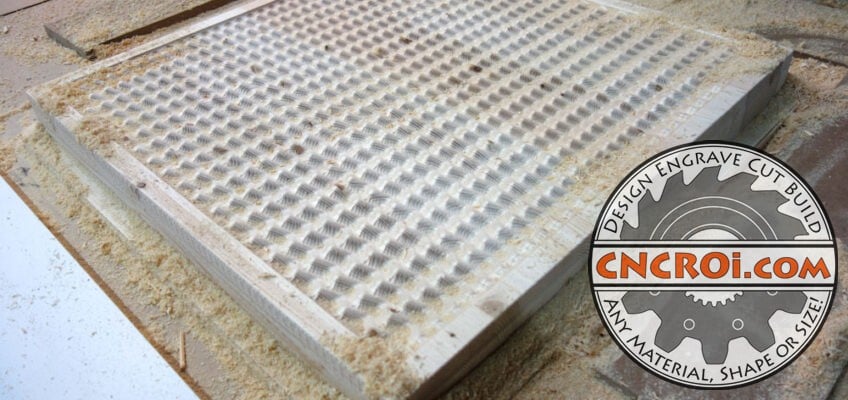CNC Thermoforming Mold From 2x4s
Let’s review the process of making, from start to finish, a CNC thermoforming mold from 2x4s to create a custom, strong and sustainable product that’s entirely made at CNCROi.com.
Jon from CNCROi.com demonstrates how to create a custom thermoforming mold using CNC routed laminated 2x4s. These molds are constructed from premium-grade lumber, typically purchased from a local big box store. Jon avoids severely warped 2x4s, opting for straighter pieces which are easier to process accurately on the CNC router.
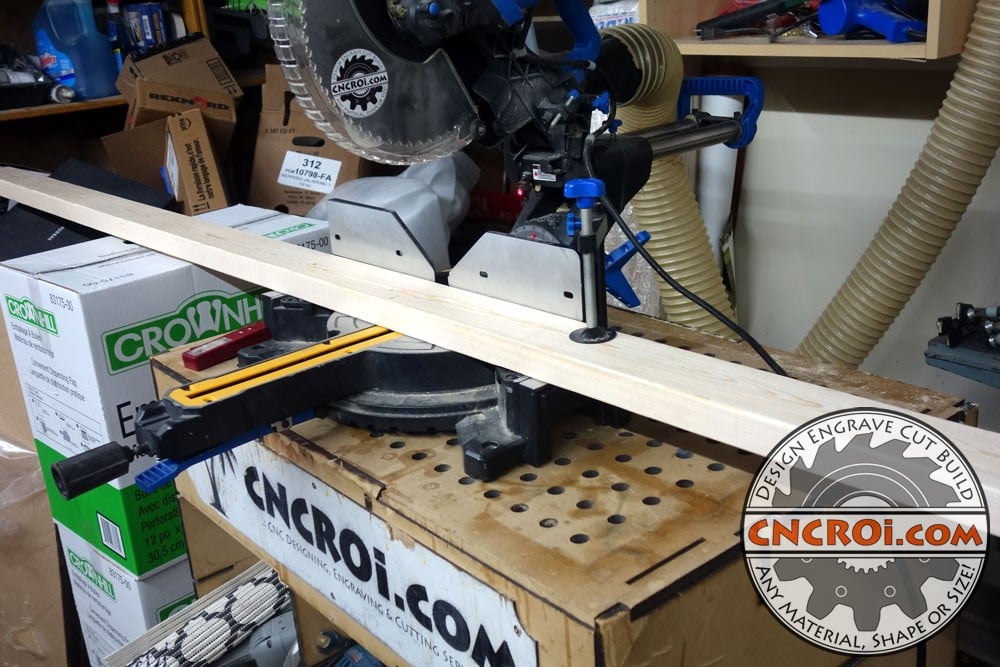
Before laminating the 2x4s, Jon flattens both the top and bottom surfaces using his CNC router. This step ensures a tight and consistent bond when gluing the pieces together. Proper preparation eliminates gaps and creates a dense, uniform surface for the thermoforming mold.
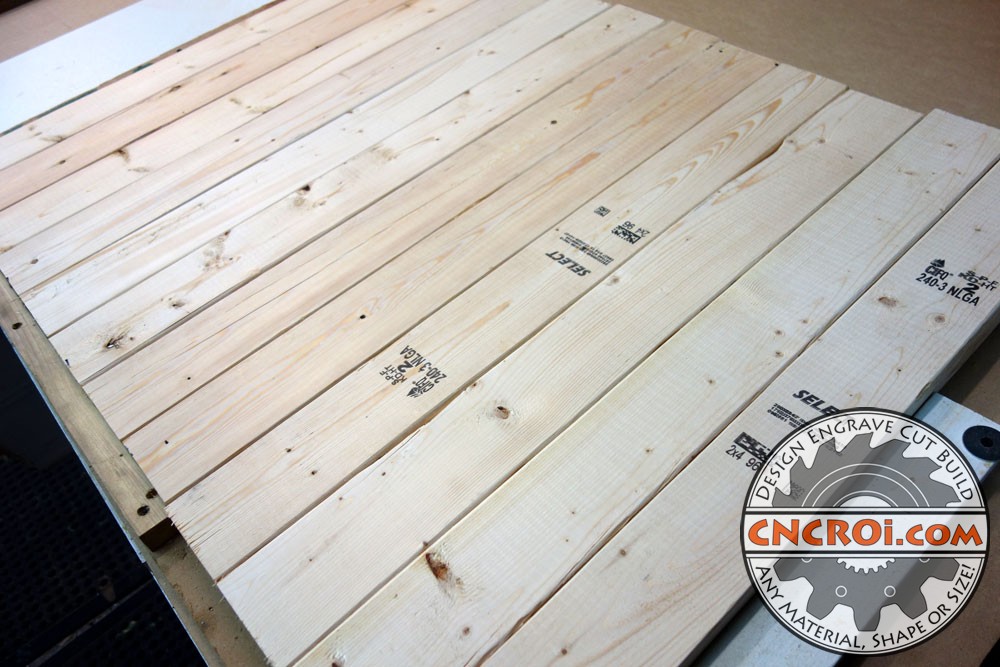
Once glued and clamped, the 2x4s form a solid block that can be shaped according to the client’s thermoforming specifications. For visual reference, the contrast in wood tones makes the laminated layers more visible, which is especially useful during the video documentation process.
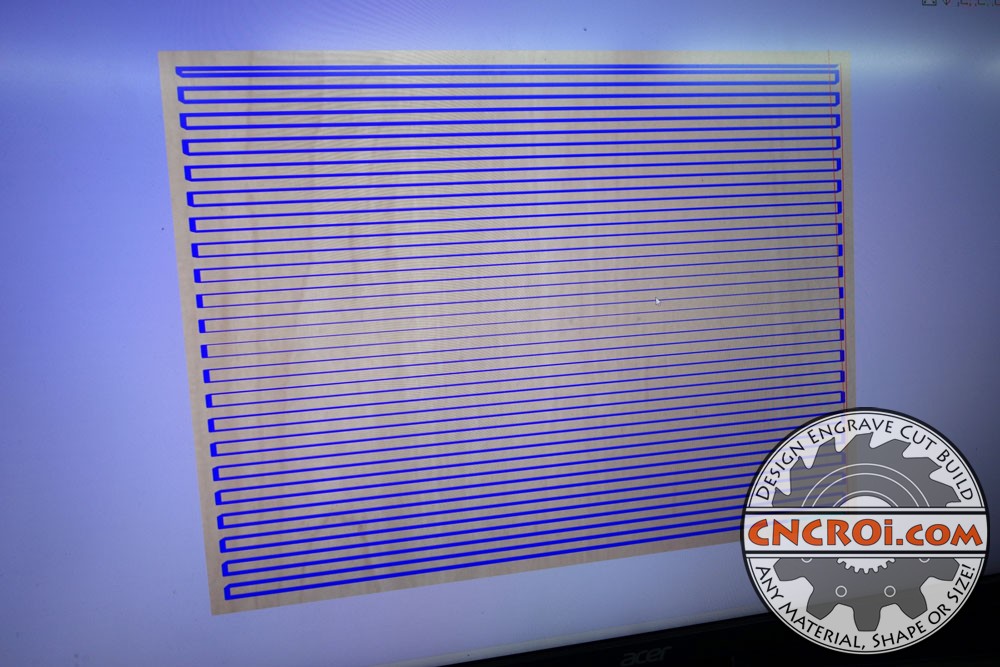
Each piece of lumber is skimmed on both sides before lamination to ensure precision and reduce the risk of voids. The final block, once cured and machined, becomes a strong and stable form for thermal vacuum forming. This method guarantees clean seams and surface stability.
Jon cut my teeth laminating custom banks as he tried to figure-out the best approach and method to produce the absolute best products possible as you just can’t buy solid slabs at the specs that he required, nor would you, as it would warp readily.
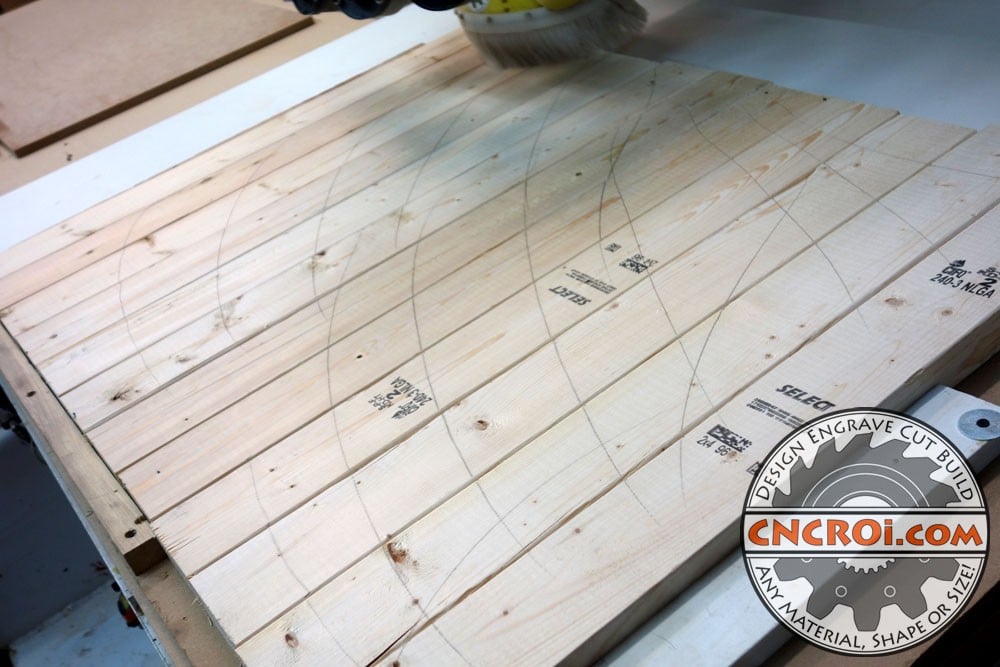
Voids in a thermoforming mold can lead to problems during the forming process. These gaps could cause deformations or inconsistencies in the plastic sheet being vacuum-formed over the mold. Therefore, Jon takes extra care to avoid them altogether by applying ample glue and using precise machining techniques at CNCROi.com.
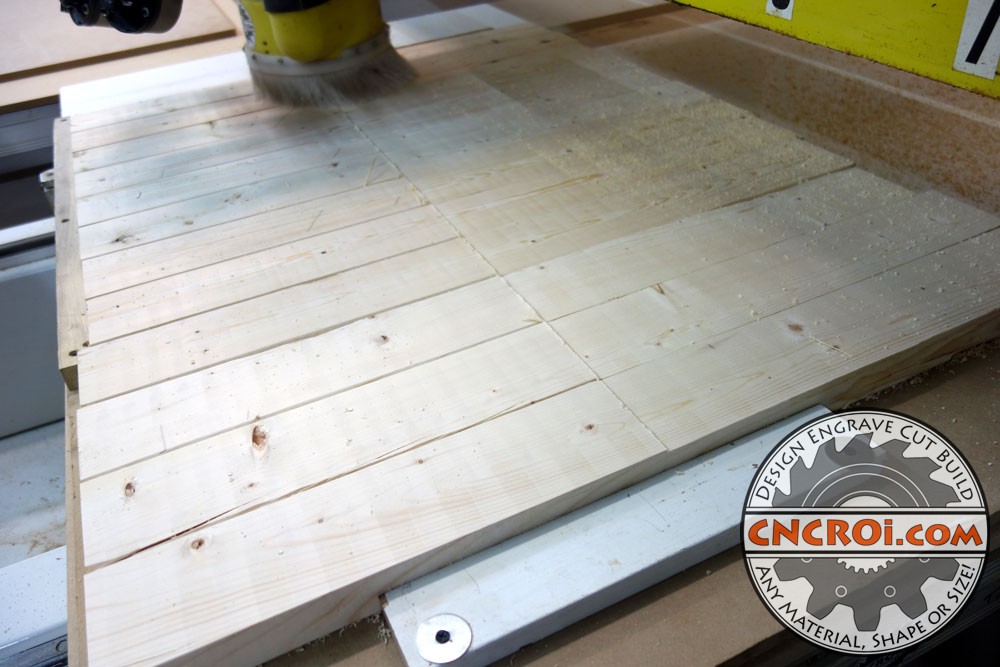
The process of thermoforming involves heating plastic—often ABS—until it’s pliable (around 100 °C), then placing it over the mold and using a vacuum system to pull it tight around the contours. Clients drill vacuum holes into the mold surface themselves, allowing the heated plastic to be drawn snugly around every detail.
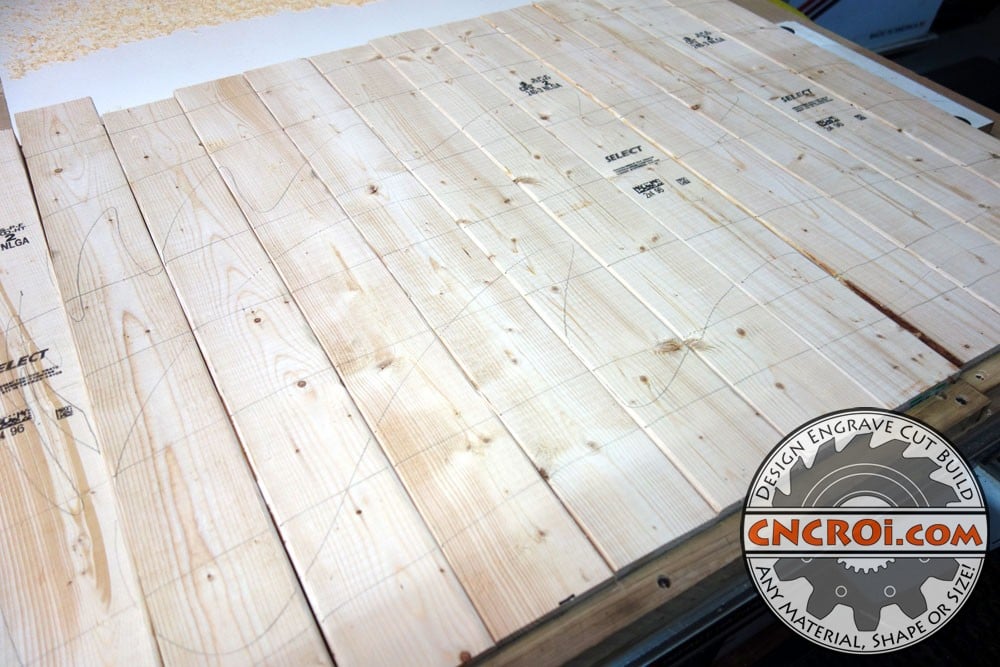
An important design feature Jon includes in his thermoforming molds is a raised lip around the perimeter. This lip allows users to trim off the excess plastic after forming, using either basic hand tools or powered equipment.
Lamination can be applied for many uses way beyond just thermoforming molds, in the above video, you can see how we make custom plaques using very similar steps and processes to what you see in this blog post for a very different outcome, made using the same machine by the way.
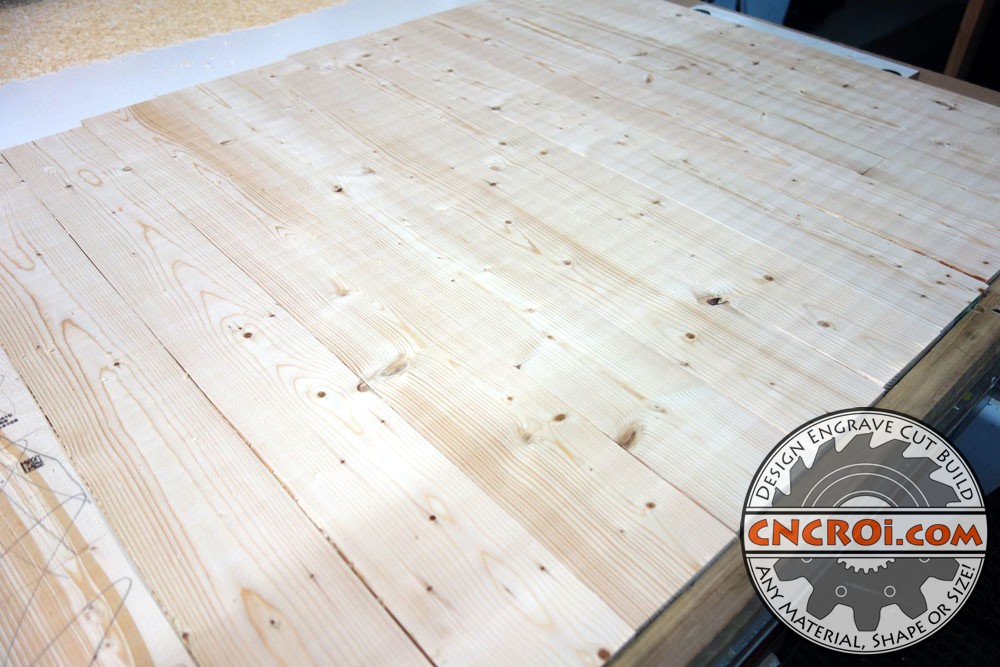
Although the mold surface might appear slightly uneven, it’s typically within acceptable tolerances for thermoforming. Surface deviations are rarely transferred to the final plastic form, especially when the plastic used is thick enough to compensate for minor imperfections.
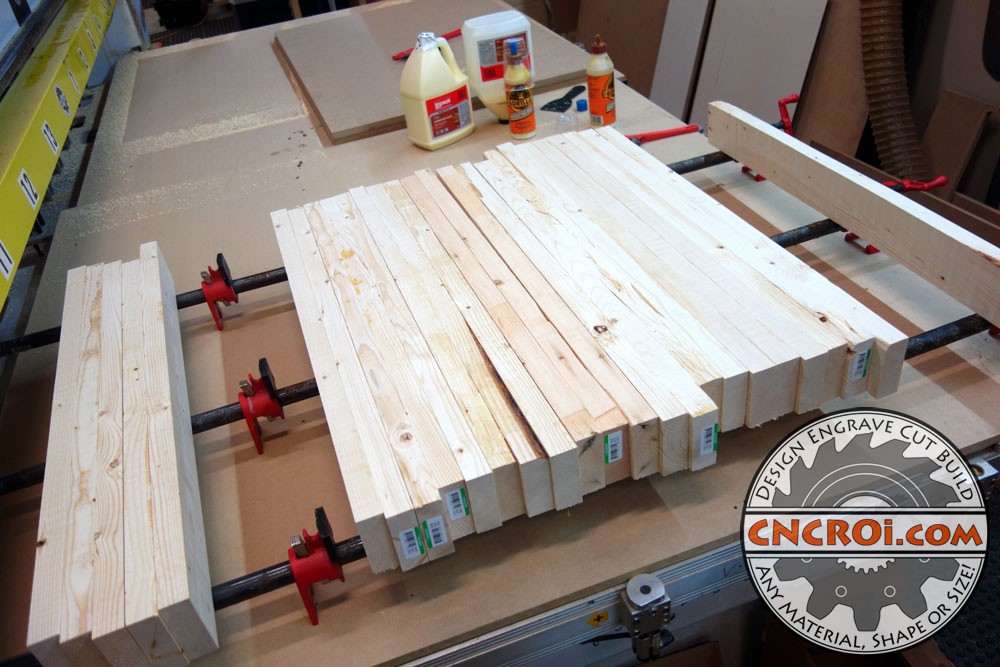
Thermoforming tools made using CNC routed 2x4s are intended for low- to mid-volume production runs. For higher production volumes, especially in the tens or hundreds of thousands, CNCROi.com recommends switching to aluminum tooling, which offers longer lifespan and increased durability.
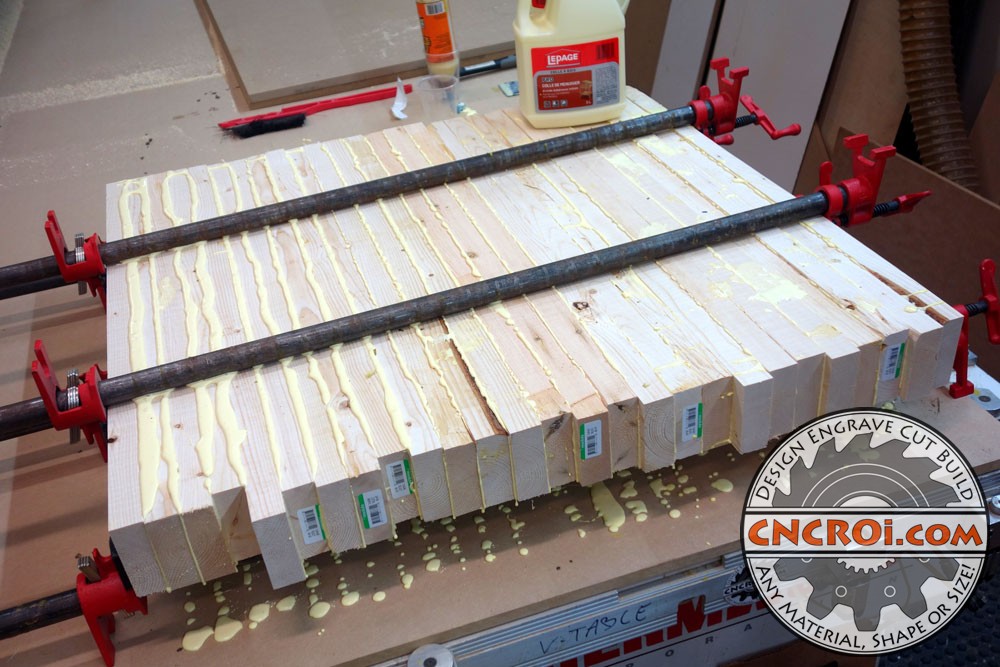
CNCROi.com also offers custom mold production in other woods like maple, oak, and various hardwoods. However, laminated 2x4s—usually pine or fir—strike a balance between cost-effectiveness, machine wear, and overall production speed.
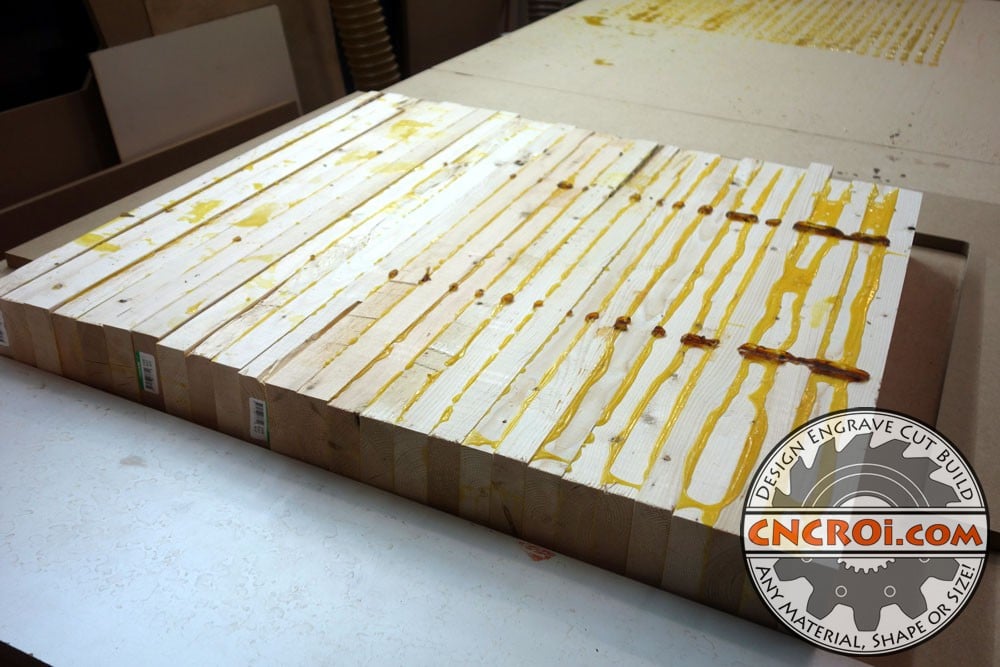
The laminated softwood molds are easy to finish and repair. Should any wear appear over time, it’s simple to fill and smooth with Bondo or similar products. This makes the mold maintenance-friendly and cost-efficient for small- and medium-sized businesses.
For those looking to order a custom thermoforming mold, Jon recommends starting with a 3D model—ideally an STL file. This allows CNCROi.com to begin the programming and routing process right away, with minimal back-and-forth.
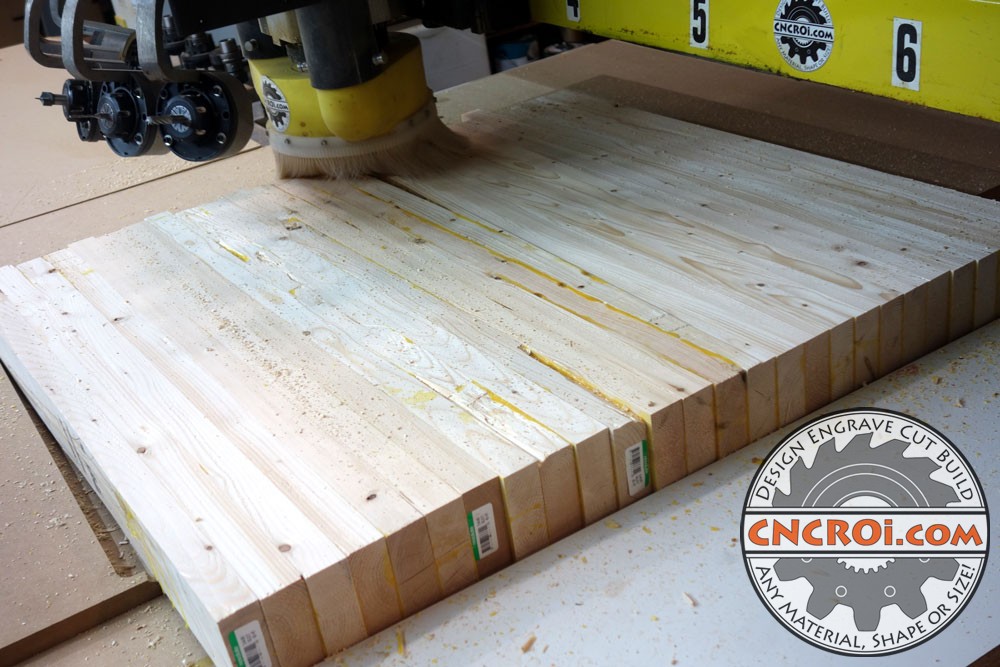
One of the more challenging aspects of mold creation is sourcing quality lumber. Jon stresses the importance of using premium-grade 2x4s with consistent density and fewer defects. These factors significantly influence the final mold quality and CNC performance.
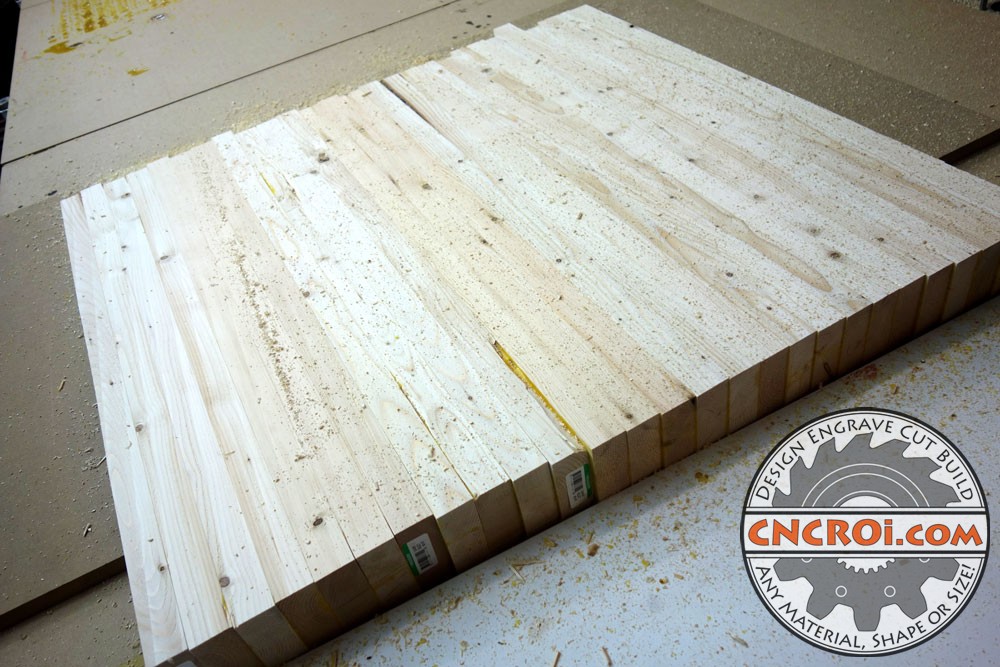
Jon often displays offcuts from his laminations to highlight the clean glue lines and solid surface bonding. Even when small cracks appear near the edges, the internal integrity of the block remains uncompromised, which is critical for vacuum-forming reliability.
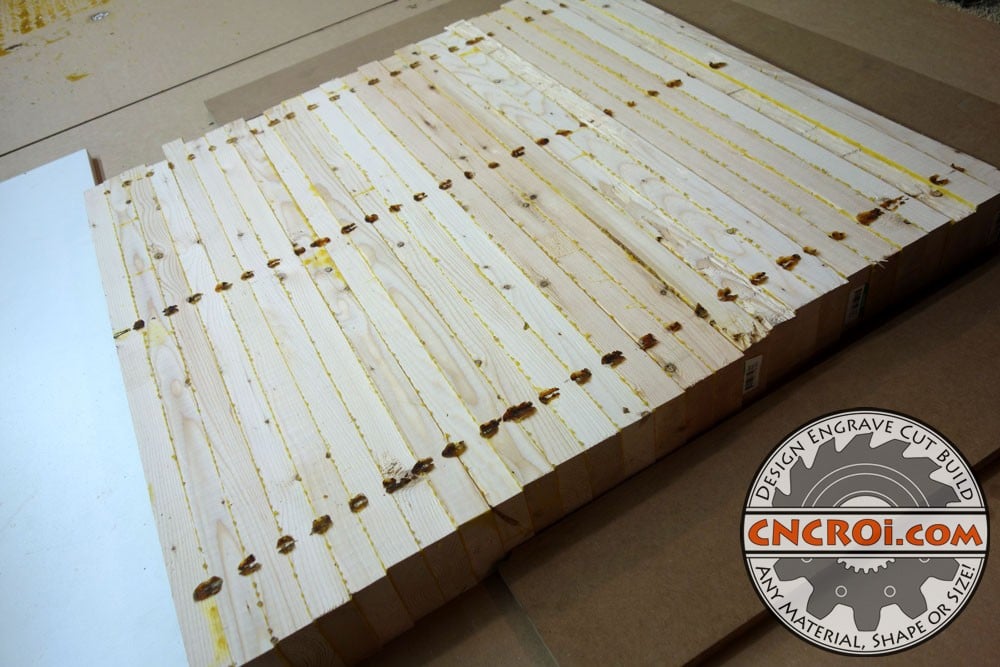
Orientation of the 2x4s during lamination is not highly sensitive. While some woodworking traditions suggest rotating boards for warping resistance, Jon notes that all wood will eventually move over time. Proper gluing and stabilization practices are far more effective.
To ensure high precision and match simulation expectations, Jon routinely stops to clean the surface and compare it against digital models. This attention to detail ensures that each mold CNCROi.com ships is reliable, durable, and accurate to spec.
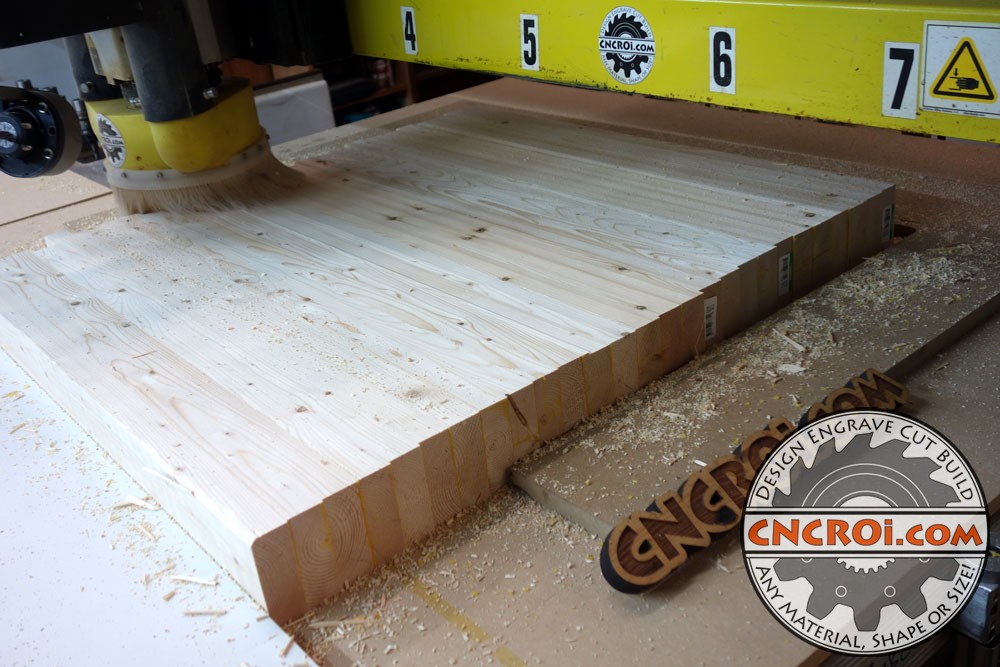
Some customers at CNCROi.com choose to permanently mount the molds onto 19 mm (3/4 in) plywood for added stability in their production environments. Jon’s team can do this in-shop, though most clients prefer to receive the mold as-is and handle mounting locally.

CNCROi.com uses industrial-grade carbide tooling for all routing operations. Although Jon has a precision planer in his workshop, he finds that CNC routing offers vastly superior accuracy, surface finish, and consistency, which is essential for heat-sensitive processes like thermoforming.
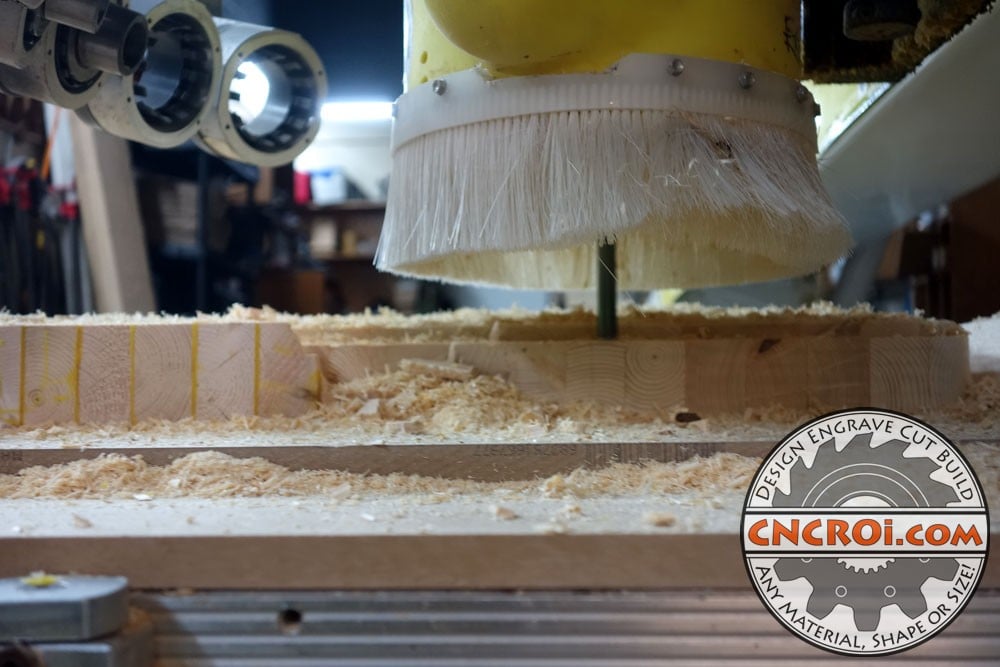
When working with 2x4s, router bits experience minimal wear compared to dense hardwoods like zebrawood. The 2x4s are relatively soft and uniform, which translates to better bit longevity and reduced maintenance costs for both CNCROi.com and the end user.
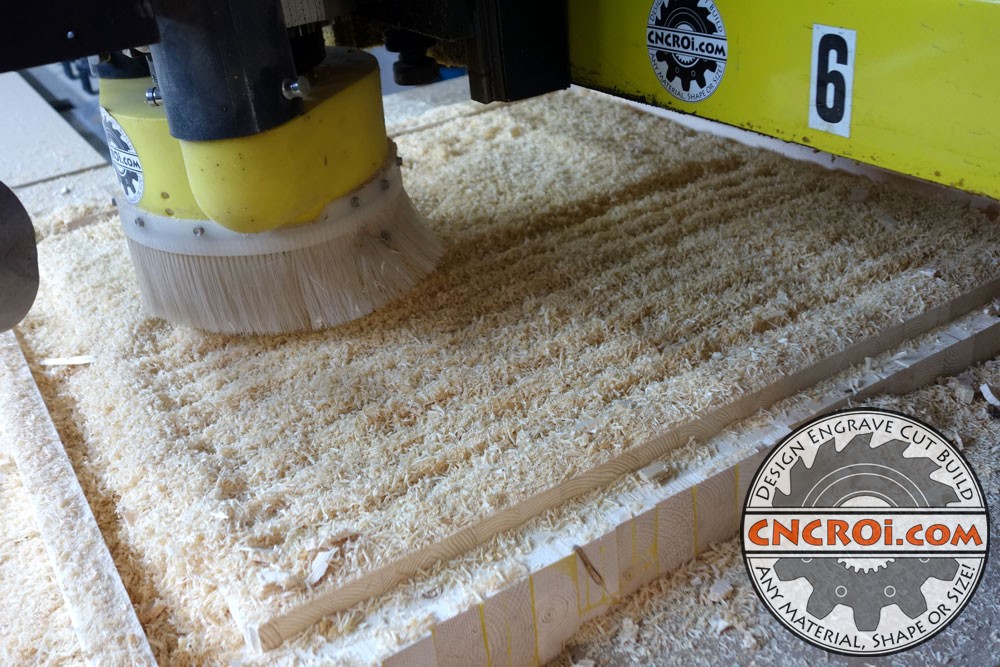
The router bits used include replaceable carbide inserts, which can be rotated several times before needing replacement. This adds tremendous efficiency when flattening large laminated surfaces, a critical step both before and after glue-up.
If a bit breaks, especially toward the end of a long job, it can ruin the entire mold. Fortunately, CNCROi.com’s Thermwood router and SK tooling provide a stable platform that minimizes vibration and enhances performance throughout the machining process.
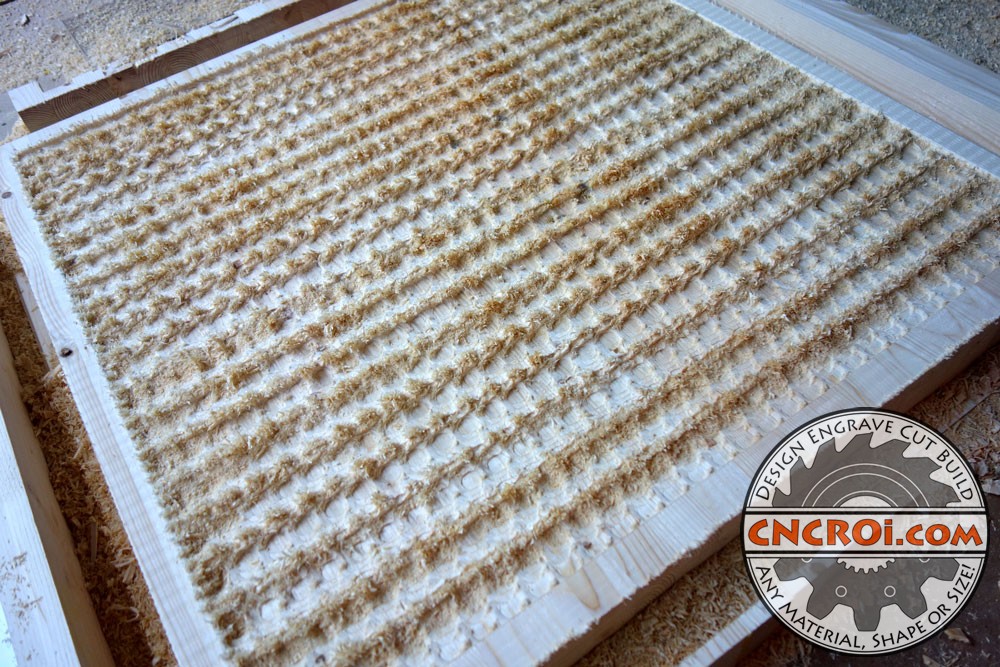
During production, Jon notes that dried glue creates hard zones that are tougher on cutting tools. This means the router is constantly alternating between cutting wood and hardened adhesive, creating stress on the bit and increasing the likelihood of wear.
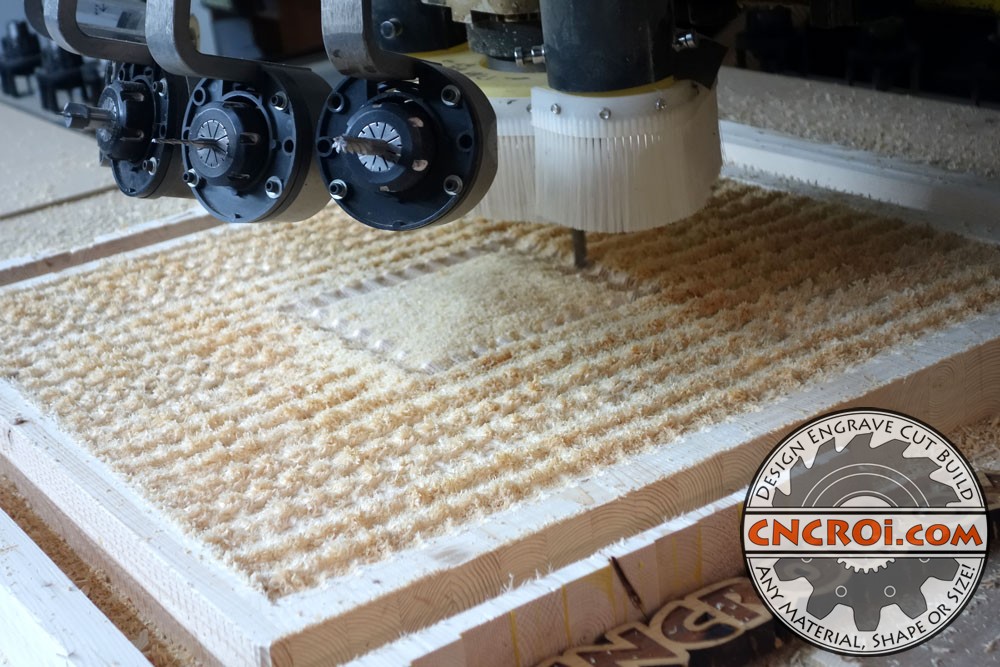
Despite concerns from some viewers about glue use, Jon explains that over-gluing is a better strategy than risking voids. The cost of glue is minor compared to the waste and customer dissatisfaction that result from mold imperfections.
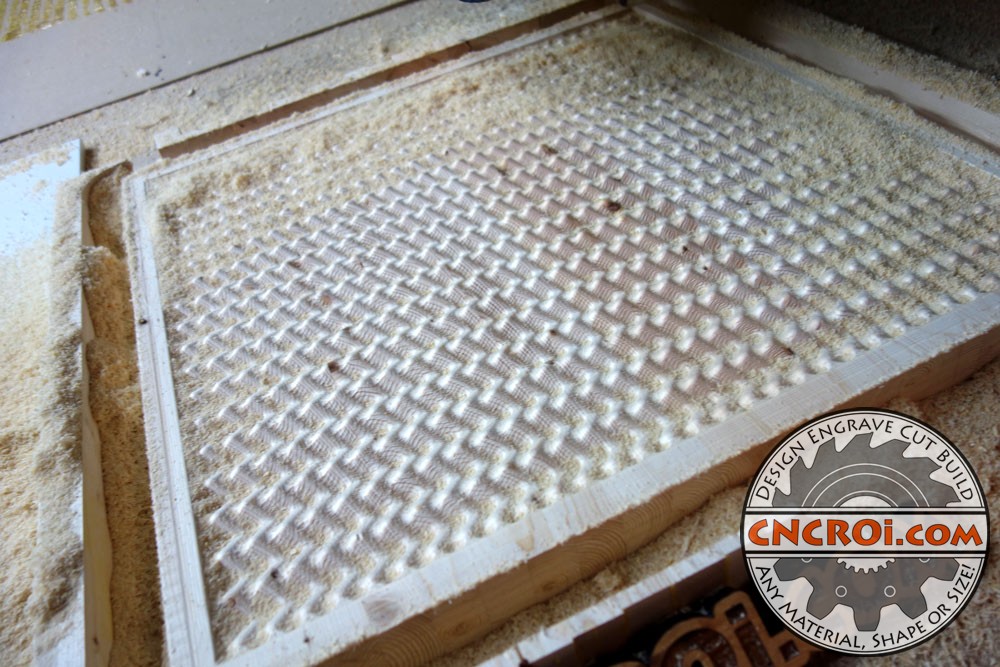
Once fully glued and cured—typically after a few days—the laminated block becomes a stable and ready-to-machine surface. CNCROi.com checks glue drying progress visually and physically, ensuring consistency across the entire mold.
During the routing process, only a small part of the cutting bit is engaged with the material at any given moment—often just 1.5 mm to 3 mm (1/16 in to 1/8 in). This allows Jon to detect changes in pitch or vibration that signal tool wear or failure.
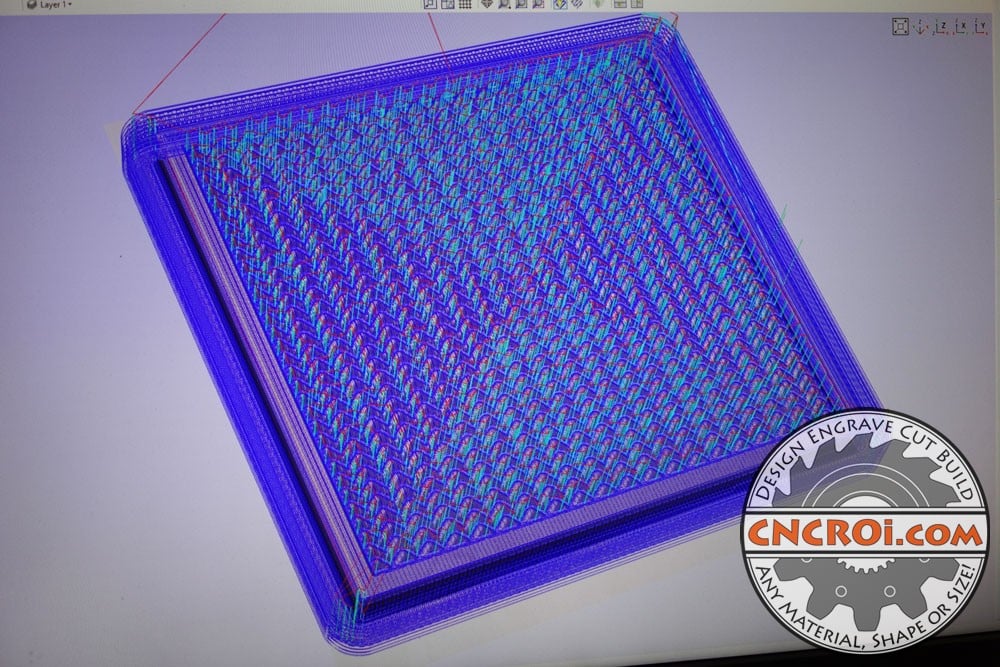
The final mold Jon demonstrates measures 737 mm x 737 mm (29 in x 29 in) and is roughly 64 mm (2.5 in) thick. The design is derived from a 3D model, often in STL format, which allows the CNC machine to replicate the shape precisely within a thousandth of an inch.
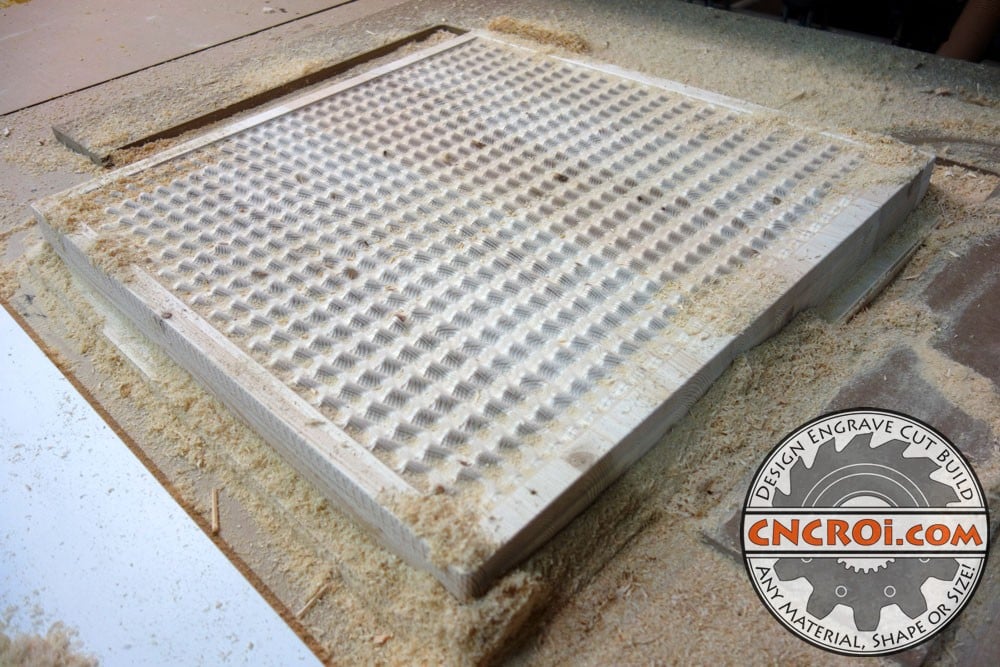
The mold weighs approximately 15.9 kg (35 lbs), which makes it solid enough to resist movement during thermoforming while also functioning as an effective heat sink to maintain even thermal distribution across the forming surface.
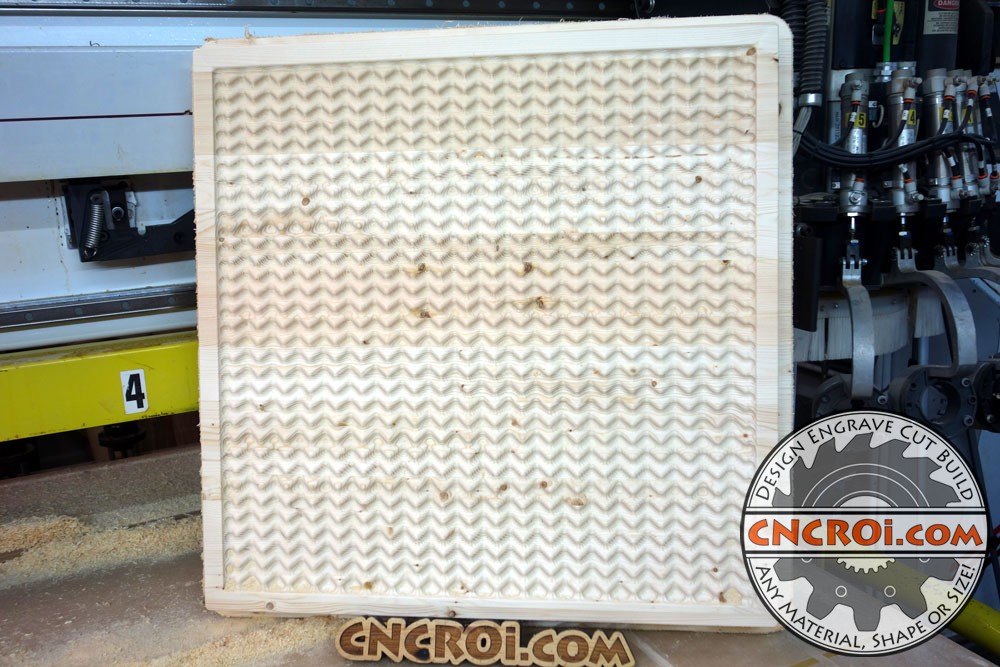
Although CNCROi.com’s production videos are sped up for presentation, Jon spends many hours carefully monitoring each cut. CNC routing requires close attention to sound and vibration patterns to detect potential issues before they become problems.
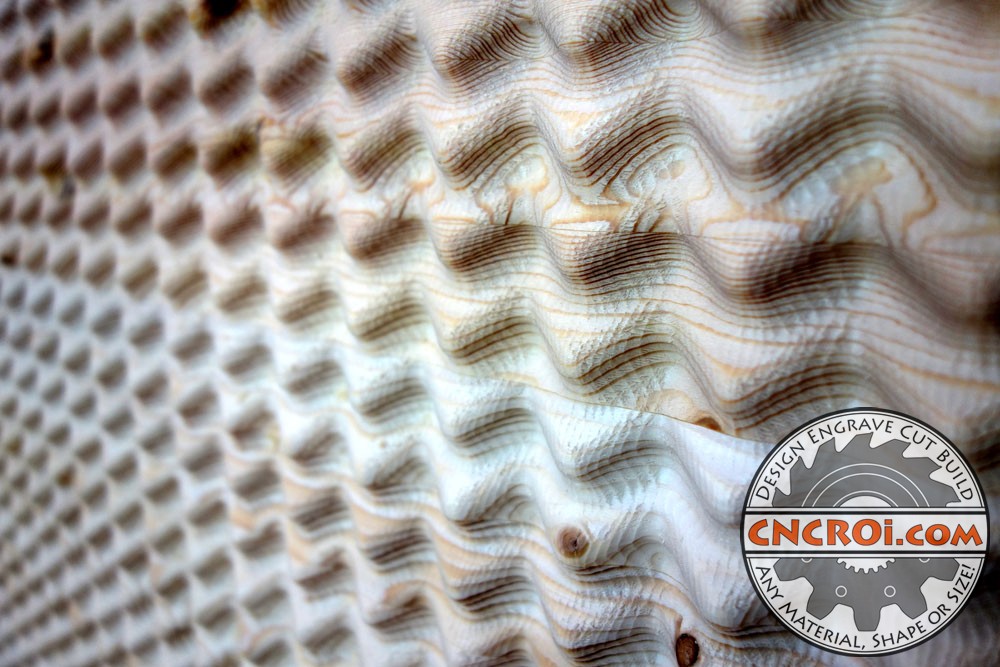
CNCROi.com offers worldwide mold production services and ships directly to customer locations. Whether working with 2x4s, hardwoods, or even aluminum, the process is straightforward, efficient, and tailored to meet the unique requirements of thermoforming operations.
